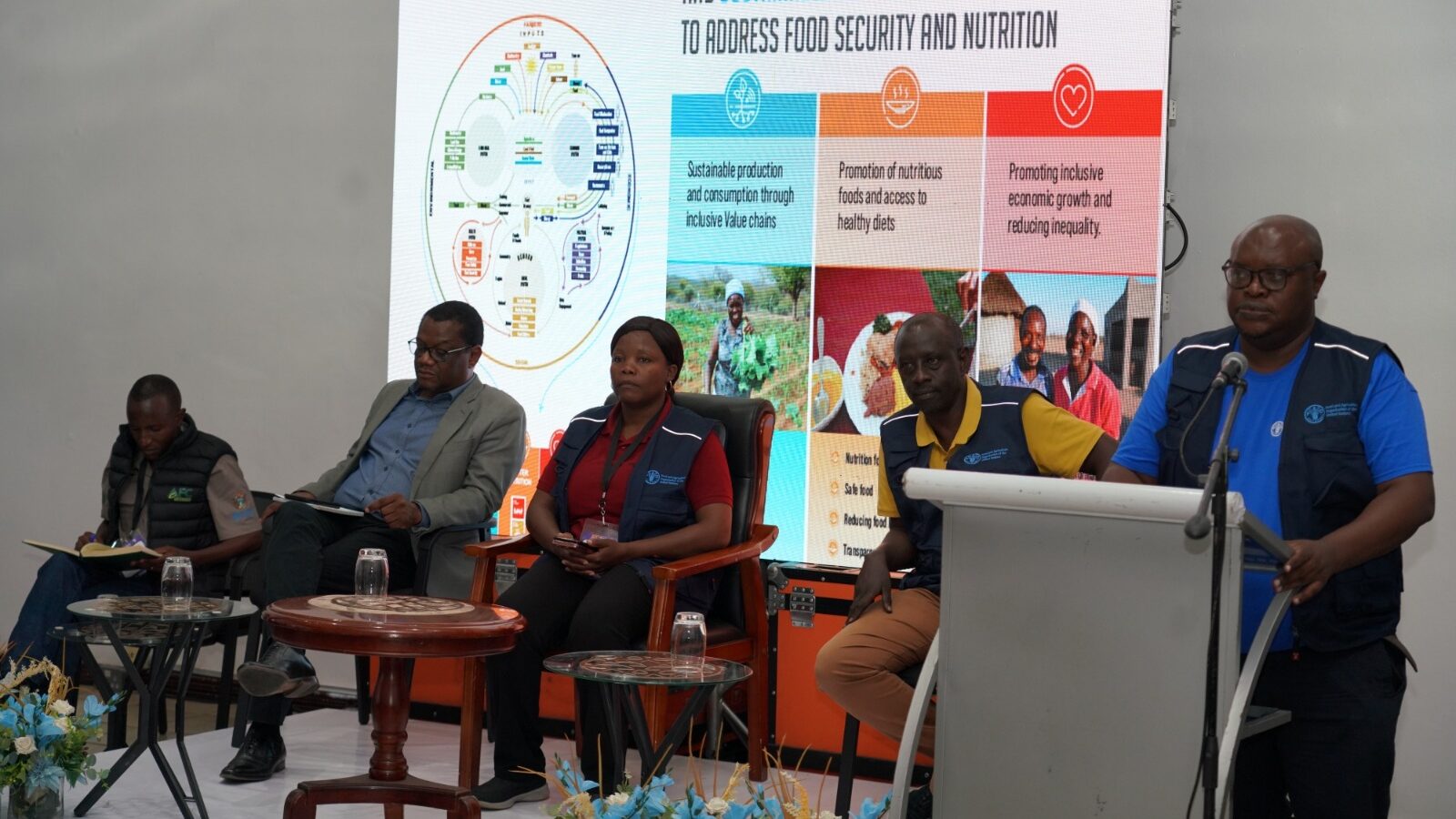The journey of agricultural transformation in Zimbabwe represents more than just a national strategy – it’s a blueprint for sustainable development that could offer valuable insights for agricultural systems worldwide
Growing Together: FAO and Zimbabwe Cultivate a Sustainable Future

BULAWAYO, Zimbabwe — Zimbabwe is set on a bold course to revolutionise its agricultural sector, aiming to secure food safety and economic resilience by 2030. In an ambitious partnership, the Food and Agriculture Organisation of the United Nations (FAO) is joining forces with the government to launch the Zimbabwe Agriculture Food Systems Transformation Strategy—an initiative that marries international support, government commitment, and innovative approaches to address the complex challenges of modern food systems.
Recent data from ZIMSTAT reveals that agriculture contributes approximately 21% of Zimbabwe’s GDP and supports nearly 70% of the rural workforce, highlighting the sector’s critical role in national development. This transformation is more than a national strategy—it is a blueprint for sustainable agrifood systems that can offer valuable insights to global agricultural practices.
If You Enjoy Our Development Stories, Follow the Development Age Channel on WhatsApp: https://whatsapp.com/channel/0029VaSVPWy2P59c5vHsdS39
Agriculture: The Economic Catalyst for Vision 2030
At the heart of Zimbabwe’s strategy is the recognition that agriculture is the engine driving the country’s long-term economic aspirations. “Agriculture is the key driver for attaining Vision 2030,” stated Agnes Mugova, Director of Strategic Planning, Monitoring, and Evaluation at the Ministry of Lands, Agriculture, Fisheries, Water, and Rural Development (MLAFWRD). The comprehensive strategy, approved in 2020, focuses on food security, import substitution, value addition, and job creation, with a special emphasis on youth empowerment.
FAO’s Role in Fostering Innovation
FAO’s pivotal support has been fundamental in steering Zimbabwe towards a more sustainable future. “We cannot have a better opportunity to discuss the importance of sustainable, resilient, and inclusive agri-food systems,” explained Deputy FAO Representative Louis Muhigirwa. By leveraging a multifaceted approach, FAO is helping the country pursue five critical pathways—from enhancing livelihoods and food security to rehabilitating irrigation systems and controlling livestock diseases. According to research from the African Development Bank, harnessing climate-smart technologies and mechanization could boost productivity by up to 25% in regions facing similar challenges.
Beyond policy support, FAO is equipping farmers, extension officers, and agribusinesses with modern techniques and digital tools that promise to revolutionize agricultural productivity. “Our role extends beyond simple assistance,” Muhigirwa noted. “We are working with the government to translate global food system commitments into practical, actionable strategies that transform our agricultural landscape.”
Addressing Challenges and Seizing New Opportunities
Zimbabwe’s transformation strategy is built on four pillars: creating an enabling policy environment, developing targeted investment models, prioritising agricultural research and development, and modernising the sector. Specific initiatives span from mechanisation and agro-processing improvements to a renewed focus on indigenous food production and improved agricultural financing for small-scale farmers.
As Zimbabwe’s agrifood systems continue to evolve, this proactive collaboration with FAO stands to secure a future of increased food security, economic resilience, and sustainable agricultural practices. “Our goal is not just to feed our population,” a government representative concluded, “but to create a robust, innovative agricultural sector that drives economic growth and generates lasting opportunities for future generations.”
For further reading on agricultural statistics in Zimbabwe and to explore the broader impact of sustainable agrifood systems, visit ZIMSTAT Agriculture Statistics and the FAO Africa News Stories






Comments
annabrown
Thanks for sharing this information is useful for us.